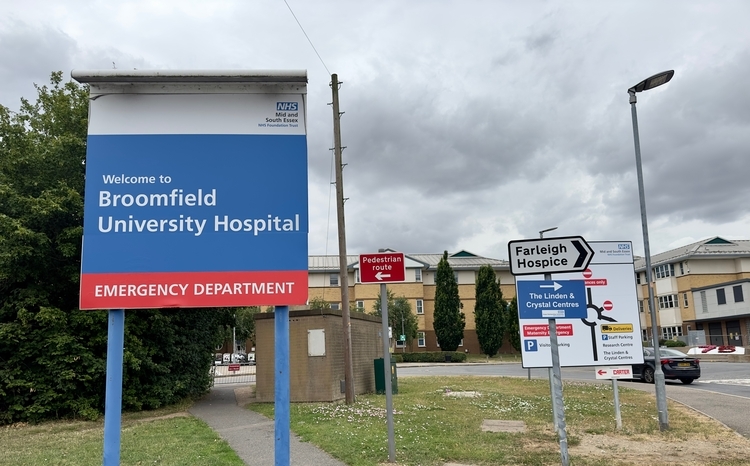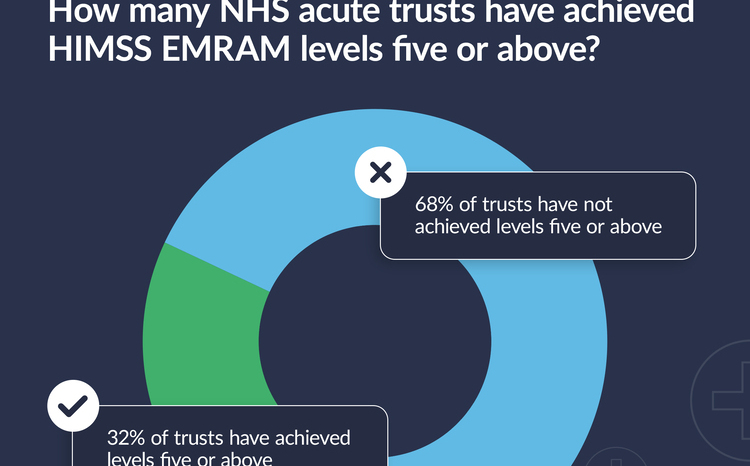Ewan Davis: Texas grass fertiliser and the postmodernEHR
- 9 June 2016

I love bullshit and, thanks to my daughter's undergraduate thesis on the subject (she got a first! and any comments about genetic predisposition will be ignored) I have picked up an understanding of the philosophical basis for it.
This means such that I can bullshit about bullshit, making me a metabullshiter. It also means that I have a nose for what my father called “Texas grass fertiliser”.
I have to say when I first heard the term ‘postmodernEHR’ this was working overtime. However, as I have learned more about what is meant by this label I have decided that it could be one of the most important developments in the history of the EHR (although it’s still a horribly pretentious term).
Gifts to the language from Gartner
The term ‘postmodernEHR’ was coined by Tomaž Gornik, chief executive of openEHR vendor Marand, who borrowed the usage from Gartner.
Gartner had described the next step for enterprise resource planning systems as ‘postmodernERP’. ERP systems, of which the best known is SAP, are big, monolithic systems that run large global enterprises.
Just like their health equivalents, the EHR meagsuites (another gift to the language from Gartner), traditional ERP systems, when effectively implemented, facilitate business transformation.
However, again like their health equivalents, while they continue to serve some enterprises well, poor implementations have brought others to their knees.
Also, even those that had initial success are finding that such systems become a barrier to the agile innovation required by the next stage in their digital transformation; another striking similarity to where we are in health today.
The postmodern approach to the electronic health record
You'll find a more detailed description of the postmodernEHR in the series of blogs on the subject by Tomaž Gornik but I want to describe the key features here and explain why I think they are so important.
The postmodern approach takes us away from a model that delivers integration through a suite of products from a single vendor to one based on an open platform.
This is both technology and vendor neutral and enables us to address a number of issues that we face with a megasuite approach or a ‘traditional’ best of breed integration.
The postmodernEHR is about decoupling. It decouples data from applications, putting data in a separate data layer, based on open standards and content definitions that are independent of any particular technology; such as database type or schema.
It decouples workflow from the applications that execute it, making it easier to handover workflows between actors, systems and organisations, and supporting the cross-organisational pathways that are typically required by new models of care.
It decouples applications from each other, so that instead of a single integrated application from a single vendor different functions can be provided by different applications from multiple vendors, orchestrated to work together.
A postmodernEHR enables a new generation of mostly cloud based, agile applications which drive up the velocity of software development and drive down cost. In provides an environment which makes it much easier for new entrants; encouraging both technical and service innovations.
Not just my view…
This view is one that widely shared by both disruptive innovators and the big global consultancies alike:
“In 2014, we did considerable research into the economic value of digital technologies in healthcare and found… net economic benefits of 7 to 11 percent of total healthcare spending. Over this past year, our work on the ground has confirmed this original analysis. However … we believe an even greater impact can be achieved through coordinated joint effort. This would involve the interconnection of all digital-health stakeholders through an open innovation platform.”
McKinsy and Company (January 2016)
“What’s needed is a new way to build software – faster, flexible and more liquid – with reusable components that allow for rapid assembly of applications in support of dynamic business needs. This approach requires modular architectures…”
“Clinicians will be able to] move their efforts and skills away from navigating and negotiating the difficult, burdensome information management landscape that exists today, to have more time to spend with patients, understanding their presentation, explaining/discussing options and sharing in their decision making.
“So this open platform is coming… it’s not a question of if, just when.”
Standards and initiatives
Most of the open standards to build a postmodernEHR exist today and some of these, like openEHR and IHE-XDS, have already been successfully implemented at scale outside of the UK.
Closer to home, we see a number of initiatives including those led by the Apperta Foundation, NHS Code4Health, the Ripple project and Synapta that are building and implementing the components of a postmodernEHR and providing us with real examples of the benefits that we get from moving in this direction.
We are currently seeing lots of activity in the UK to improve interoperability between systems in health and social care with the opening up of APIs and the implementation of standard messages between care settings.
These initiatives are welcome and a useful step in the right direction, but we need to be thinking beyond them to create a postmodernEHR. In my next piece, I'll be looking at some of these initiatives and asking if they represent real progress towards creating an open ecosystem – or if they are just putting lipstick on a pig.




